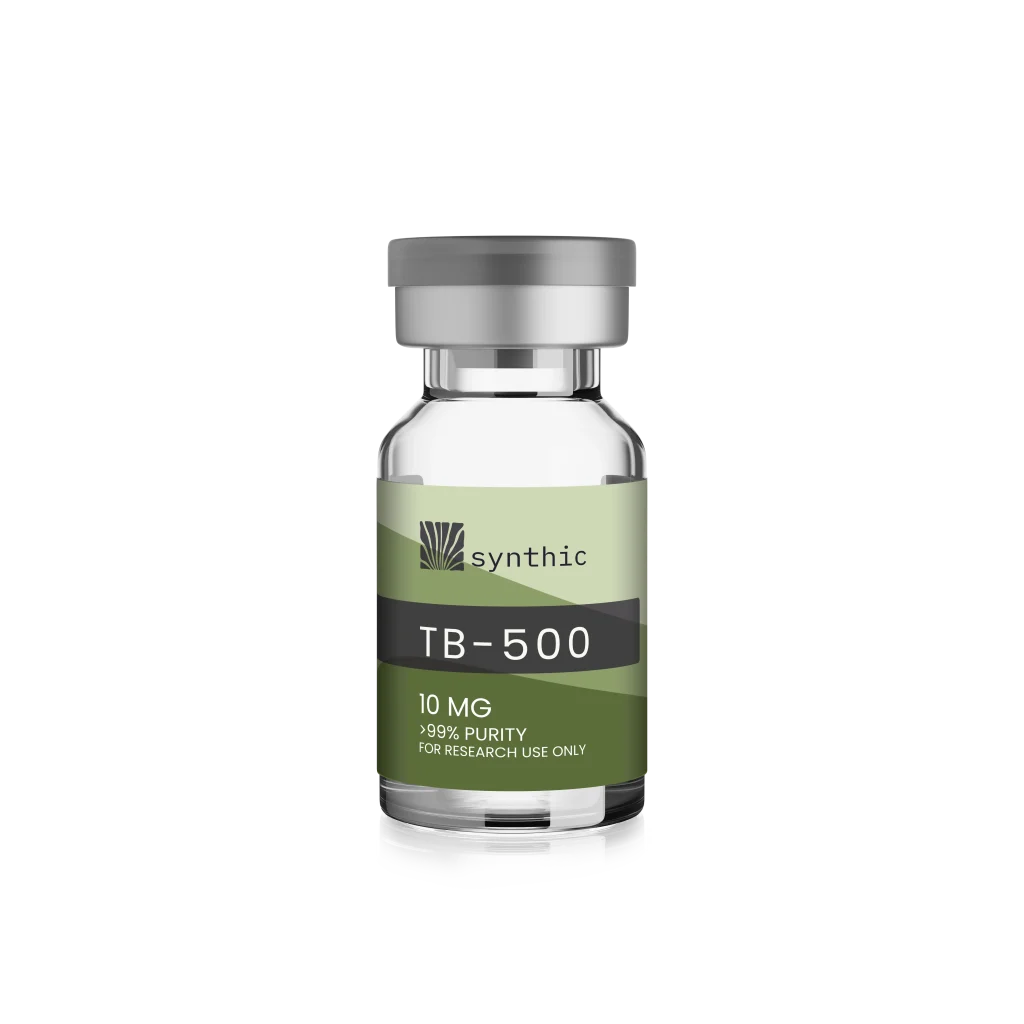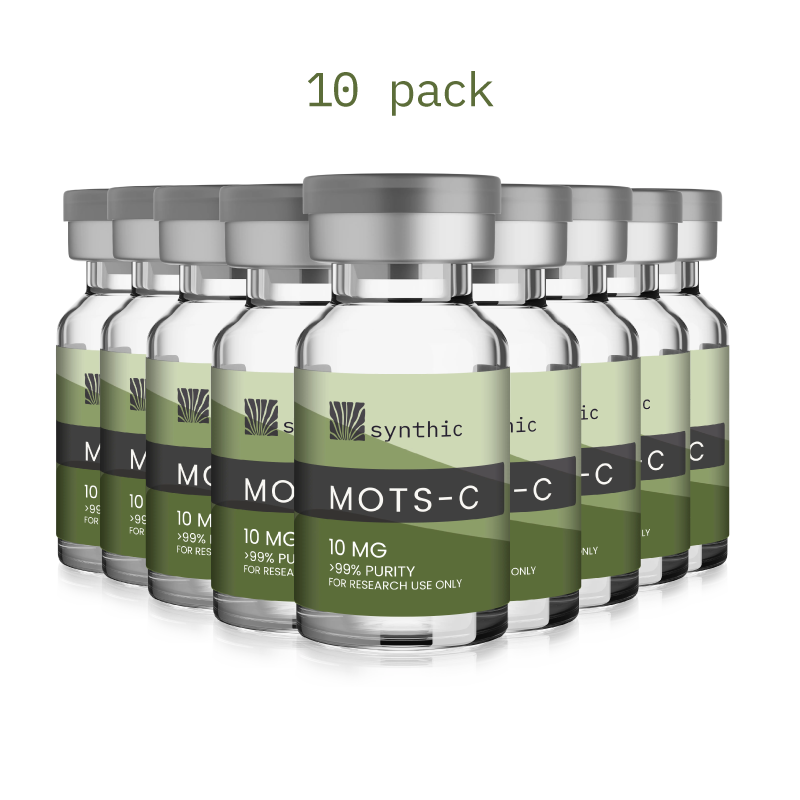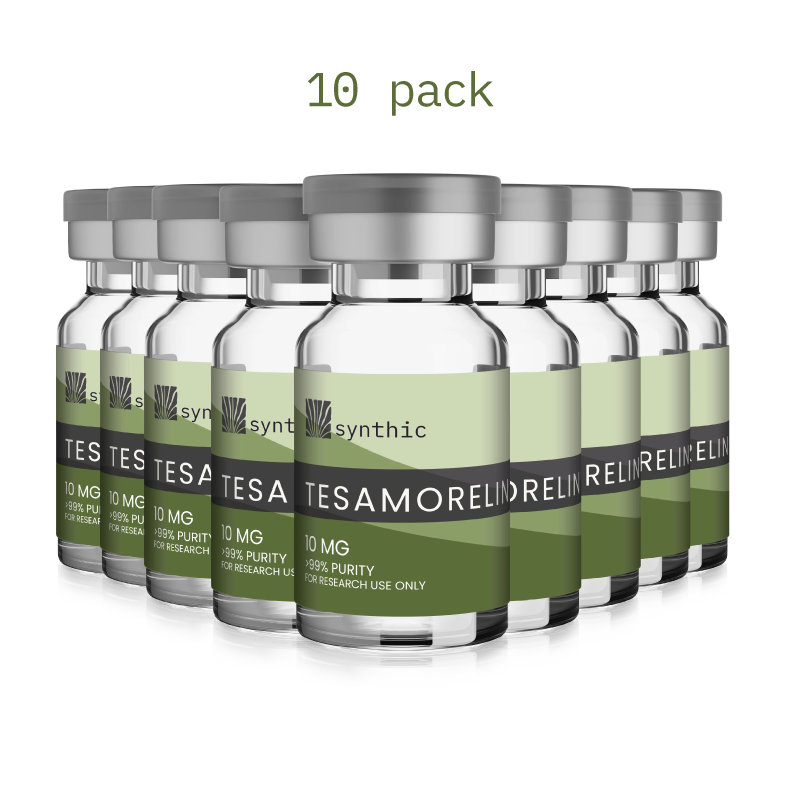In peptide research, reconstitution is a crucial step. Once a lyophilized (freeze-dried) peptide is mixed with a liquid solvent, it becomes more vulnerable to contamination, degradation, and microbial growth. The type of water used—sterile water or bacteriostatic water—can directly impact the stability and safety of your solution.
This guide outlines the key differences between these two commonly used diluents and helps identify which is best suited for specific research scenarios.
What Is Peptide Reconstitution?
Peptide reconstitution refers to dissolving a lyophilized (freeze-dried) peptide in a compatible solvent to prepare it for research applications. The solvent should be:
- Sterile
- Non-reactive
- Isotonic or near-isotonic
Water-based solvents are standard, but choosing the correct type—especially for long-term storage or multiple withdrawals—is critical for preserving peptide integrity.
What Is Sterile Water?
Sterile Water for Injection (SWFI) is distilled, purified water that has been sterilized and contains no preservatives. It is intended for single-use only and must be discarded after opening.
Advantages:
- Preservative-free
- Ideal for single-use protocols
- Typically lower cost and more widely available
Limitations:
- No protection against microbial growth
- Must be used within hours after opening
- Reconstituted peptides have a short shelf life
What Is Bacteriostatic Water?
Bacteriostatic Water for Injection (BWFI) is sterile water that contains 0.9% benzyl alcohol as a preservative. This additive inhibits bacterial growth, allowing the same vial to be used for multiple reconstitutions over several days or weeks.
Advantages:
- Supports multi-use from a single vial
- Extends the shelf life of reconstituted peptides (up to 28 days if refrigerated)
- Reduces contamination risk from repeated access
Limitations:
- Benzyl alcohol may degrade certain sensitive peptides
- Not suitable for preservative-sensitive cell cultures or in vivo applications
- Slightly higher cost and lower availability than SWFI
Key Differences at a Glance
| Feature | Sterile Water | Bacteriostatic Water |
| Preservative Content | None | 0.9% Benzyl Alcohol |
| Shelf Life After Opening | ~6–12 hours | Up to 28 days (refrigerated) |
| Multi-Use Capability | No | Yes |
| Contamination Risk | High after first use | Low (due to preservative) |
| Effect on Peptide Stability | Excellent short-term | Good, with sensitivity caveats |
When to Use Each Type
Use Sterile Water If:
- The peptide will be used immediately after reconstitution
- The compound or cells are sensitive to preservatives
- Only a single dose is required
Use Bacteriostatic Water If:
- The peptide will be stored and used over multiple days
- You plan to withdraw small doses repeatedly
- You want to minimize microbial contamination risk in long-term setups
Reconstitution Best Practices
To maintain sterility and peptide quality:
- Use sterile syringes and a clean workspace
- Label vials with the peptide name, concentration, and reconstitution date
- Store reconstituted peptides at 2–8°C (refrigerated)
- Gently roll the vial to dissolve—avoid shaking
- Consider using a 0.22 micron filter for maximum sterility
Conclusion
The decision between bacteriostatic and sterile water depends on the intended use, peptide sensitivity, and how long the reconstituted solution will be stored. For immediate, single-use applications, sterile water is often sufficient. For extended research protocols or multi-use scenarios, bacteriostatic water provides better shelf life and reduced contamination risk.Making the right choice ensures experimental consistency, peptide integrity, and safe handling across all research workflows.



